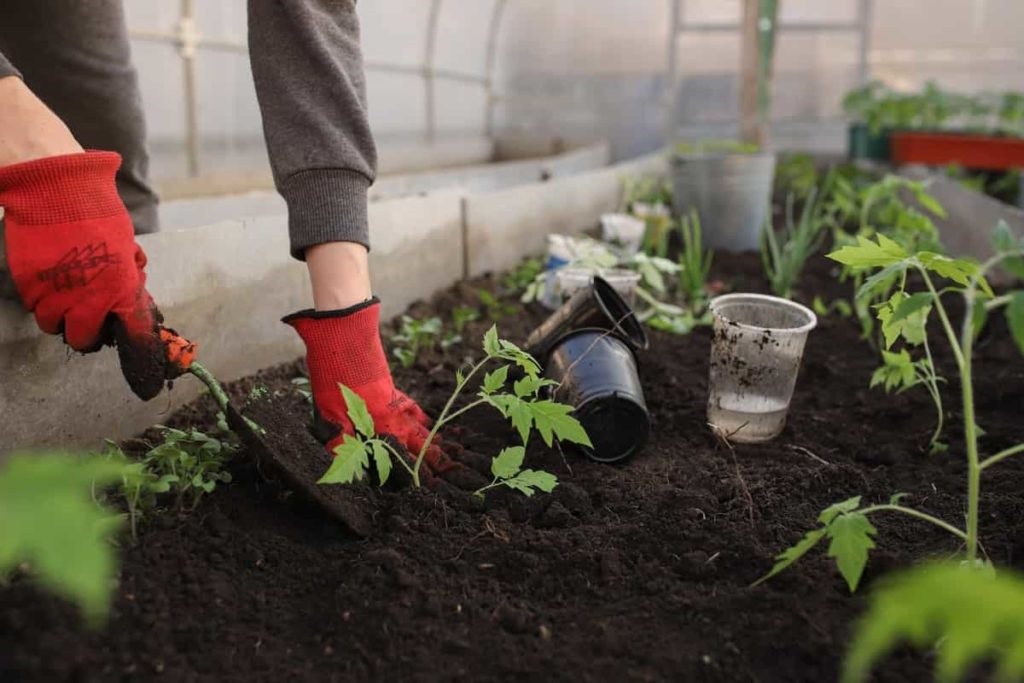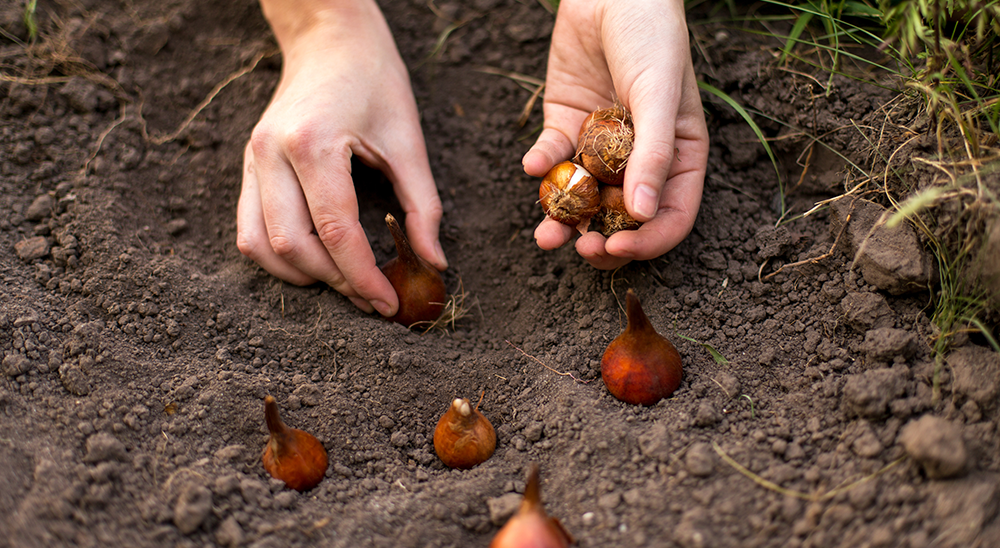A thriving vegetable garden brimming with healthy produce is a joy for any gardener. But even the most dedicated green thumb might wonder – are my plants getting the nutrients they need? Here’s where fertilizer comes in. This guide explores the world of vegetable garden fertilizers, helping you choose the right one and apply it effectively for a bountiful harvest.
Understanding Fertilizer: Plant Food 101
Fertilizer is essentially concentrated plant food, providing essential nutrients like nitrogen, phosphorus, and potassium (NPK) that vegetables need for optimal growth. These nutrients impact various aspects of plant development:
- Nitrogen: Promotes healthy leaf growth and overall plant vigor.
- Phosphorus: Crucial for root development, flowering, and fruit set.
- Potassium: Strengthens stems, helps plants resist disease, and improves fruit quality.
Choosing the Right Fertilizer for Your Needs
There are two main types of fertilizers:
- Synthetic fertilizers: Commercially produced, readily available, and provide a concentrated dose of nutrients. They often come with a specific NPK ratio, indicating the percentage of each nutrient. For example, a 10-20-10 fertilizer contains 10% nitrogen, 20% phosphorus, and 10% potassium.
- Organic fertilizers: Derived from natural materials like compost, manure, or fish emulsion. They release nutrients slowly over time and improve soil health.
Here are some factors to consider when choosing a fertilizer:
- Soil test: Conducting a soil test provides valuable insights into your soil’s nutrient levels and pH. Knowing these will help you determine the appropriate fertilizer type and amount.
- Plant needs: Different vegetables have varying nutrient requirements. Research the specific needs of the vegetables you’re growing. For instance, leafy greens require more nitrogen for lush growth, while fruiting vegetables benefit from higher phosphorus levels.
- Your preferences: Organic gardeners might prefer organic fertilizers for their long-term benefits to soil health. Synthetic fertilizers offer faster results, but overusing them can harm the environment.
Application Methods: Feeding Your Plants Right
Once you have your fertilizer, it’s time to apply it effectively. Here are two common methods:
- Broadcasting: This involves spreading the fertilizer evenly over the entire garden bed before planting or cultivating it lightly into the top few inches of soil.
- Side-dressing: This method is ideal for established plants. Apply fertilizer in a band around the base of the plant, keeping a safe distance from the stem to avoid burning. Water the area thoroughly after application.
General Tips for Successful Fertilization:
- Timing is key: Apply fertilizer at the right time in the growing season. Most vegetables benefit from a light application in early spring followed by supplemental feeding during the growing period but avoid fertilizing close to harvest.
- Read the label: Always follow the manufacturer’s instructions for application rates and frequency. Overfertilizing can damage plants and pollute waterways.
- Water thoroughly: Water the soil deeply after applying fertilizer to help it reach the plant roots.
- Observe your plants: Pay attention to your plants’ growth and adjust your fertilization practices accordingly. Signs of nutrient deficiency include yellowing leaves, stunted growth, or poor flowering/fruiting.

Going Beyond Fertilizer: Building Healthy Soil
Fertilizer is a valuable tool, but it’s not a substitute for healthy soil. Here are some additional practices to promote strong soil health, ultimately benefiting your vegetable garden:
- Composting: Composting kitchen scraps and yard waste creates nutrient-rich compost that feeds your plants and improves soil structure.
- Cover crops: Planting cover crops during the off-season helps suppress weeds, fix nitrogen in the soil, and improve drainage.
- Mulching: Apply a layer of organic mulch like straw or wood chips around your plants. Mulch retains moisture, suppresses weeds, and gradually decomposes, adding nutrients to the soil.
Related: Soil Saving Tricks for Planting Big Pots: Enhance Your Container Gardening Skills
Conclusion: Happy Plants, Happy Harvest
By understanding fertilizer basics, choosing the right product, and applying it thoughtfully, you can provide your vegetable garden with the nutrients it needs to thrive. Remember, healthy soil is the foundation of a successful garden. By combining strategic fertilization with soil-building practices, you’ll be well on your way to bountiful harvests and a thriving vegetable garden.




